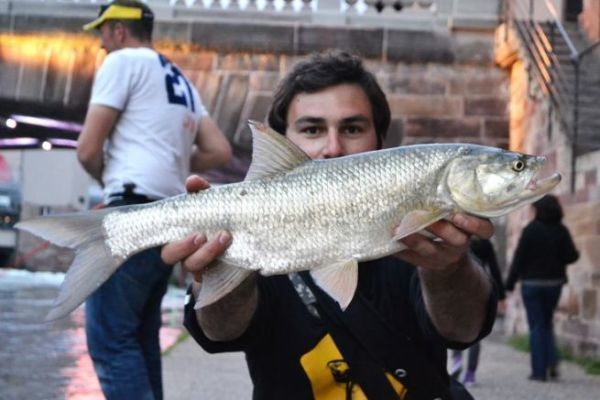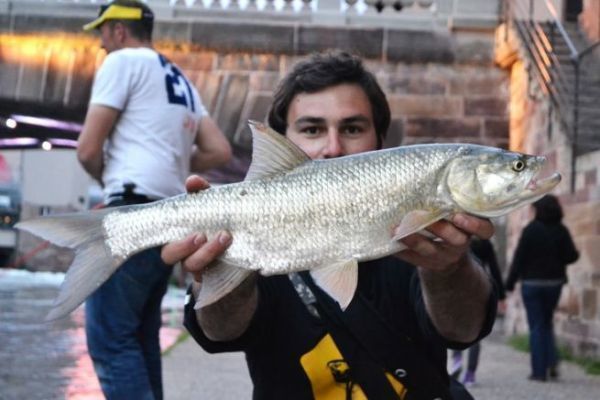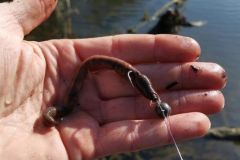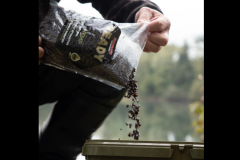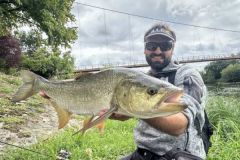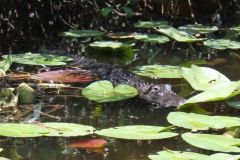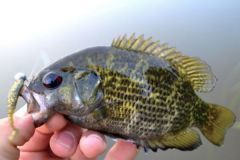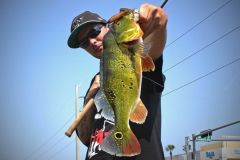The asp is a predator whose range is constantly expanding in France.
This carnivorous cyprinid wins the hearts of lure anglers, as it is both a powerful and sporty fish to lure.
Anglers who have been lucky enough to witness a demonic attack by this formidable adversary often want nothing more than to relive that brief but intense moment.
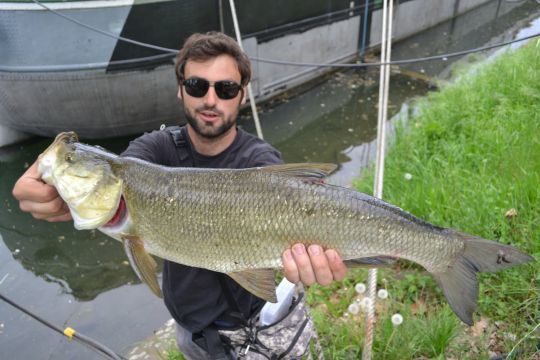
The trouble is, this cyprinid has a reputation for being fussy and quick to learn, which makes it harder to fool.
To regularly lure the man rightly nicknamed the Silver Arrow, I suggest several subtle, light-hearted approaches.
An atypical fish
The asp is a carnivorous cyprinid. Underneath its body-built roach-like exterior, you soon realize that you're dealing with a predator.
Large, long, well-developed fins, a hydrodynamic, muscular silhouette, a wide-slit mouth and a massive head. The only thing missing from this predator's arsenal are the teeth in its wide mouth.
Like many cyprinids, the asp has no teeth in its mouth. To hunt and seize its prey, the asp has an almost infallible method: speed. The asp has the ability to make lightning attacks of rare violence, leaving its prey no chance. And even if it misses, the prey is often stunned or disoriented by the attack, and the asp has only to seize it.
The asp is a piscivorous fish, feeding almost exclusively on fish.
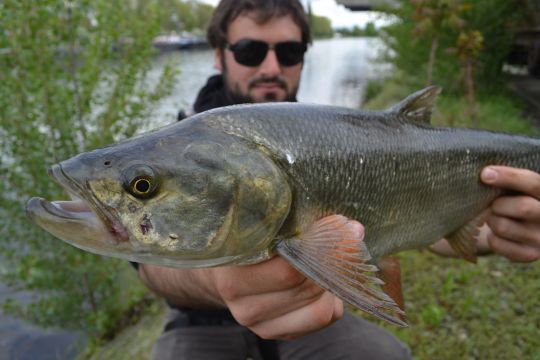
Char, fry of other cyprinids, such as chub, roach or its own congeners make up the vast majority of its meals. It also occasionally feeds on invertebrates and insects.
Originally from Eastern Europe and the Danube basin, the asp first colonized the Rhine in France.
It is now very present in the Loire and its tributaries. It is in the process of colonizing the Seine and will surely spread to other major French rivers.
Returning to the Rhine, the asp is an emblematic streetfishing fish. It was thanks to the first streetfishing competition in Strasbourg (in 2007) that the majority of French anglers discovered this adversary, barely 20 years ago!
A special kind of fishing
The first rule is to bring the lure in quickly to generate a reflex attack.
It's quite confusing at first, and there's always a tendency not to bring it back fast enough.
You need to experience at least a few attacks to appreciate the speed and explosiveness of the asp and see that the lure is almost never fast enough! The asp hunts on sight prey that quickly passes within its range.
The touch, or should I say attack, is often very violent. It's a clean stop, followed by heavy headbutts.
The asp is powerful, but not the best freshwater fighter. It will give trouble if lured into strong currents, which it is particularly fond of.
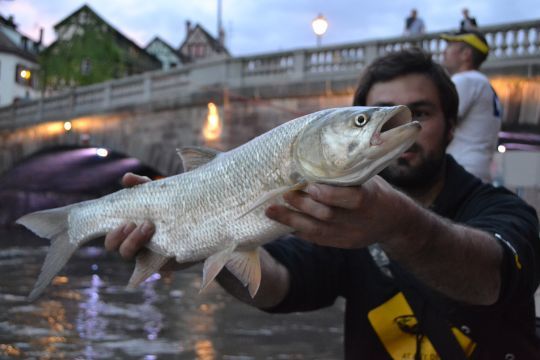
In addition to retrieving the lure, to multiply your chances of catching an asp, give preference to fishing during evening and morning shots, periods when asps are particularly active. In fact, you'll often notice broken chases and small fish panicking out of the water.
It's a sign that the asps are active, but it's not a foregone conclusion! Paradoxically, asp fishermen know, the more visible the asp hunters are, the less catchable they are... Or almost! A real headache!
Lure selection should take into account the fact that it needs to be retrieved quickly. Other aspects also come into play, especially when the asp are tricky to decide on.
Despite the speed of the action, asp can be very selective and wary. The choice of lure is therefore crucial...
